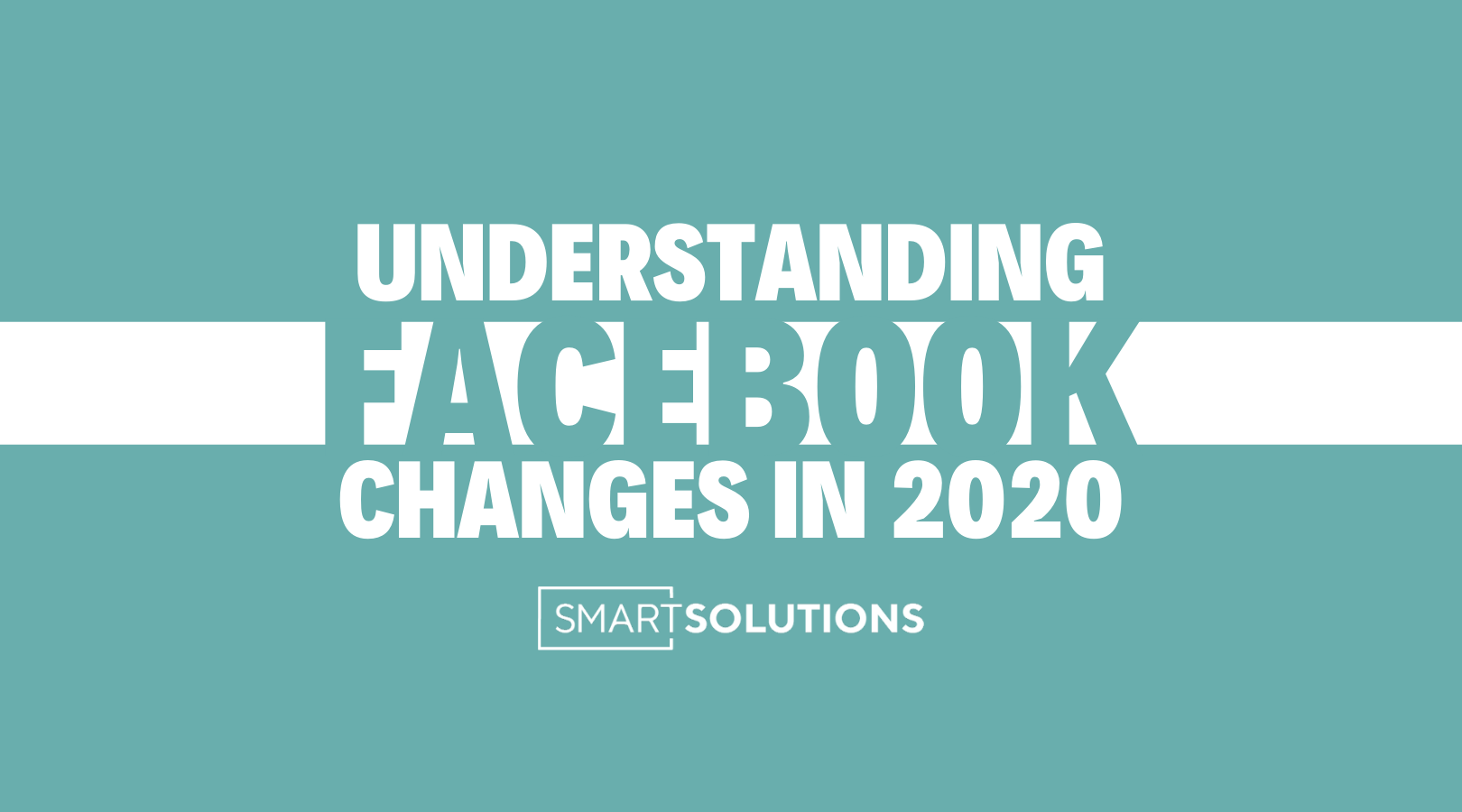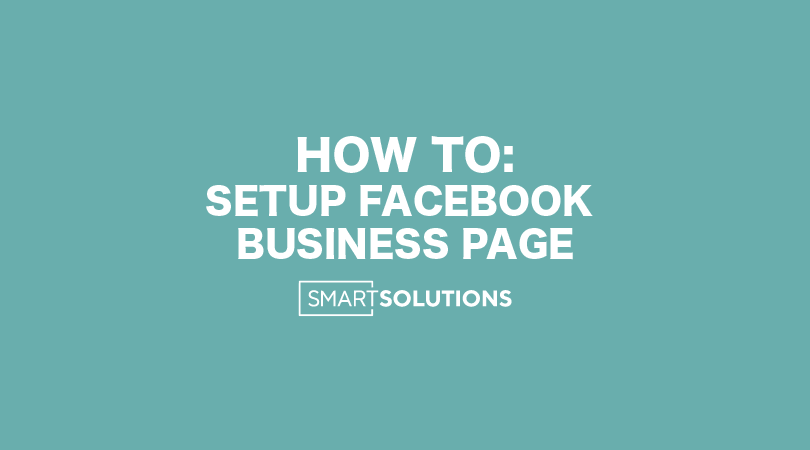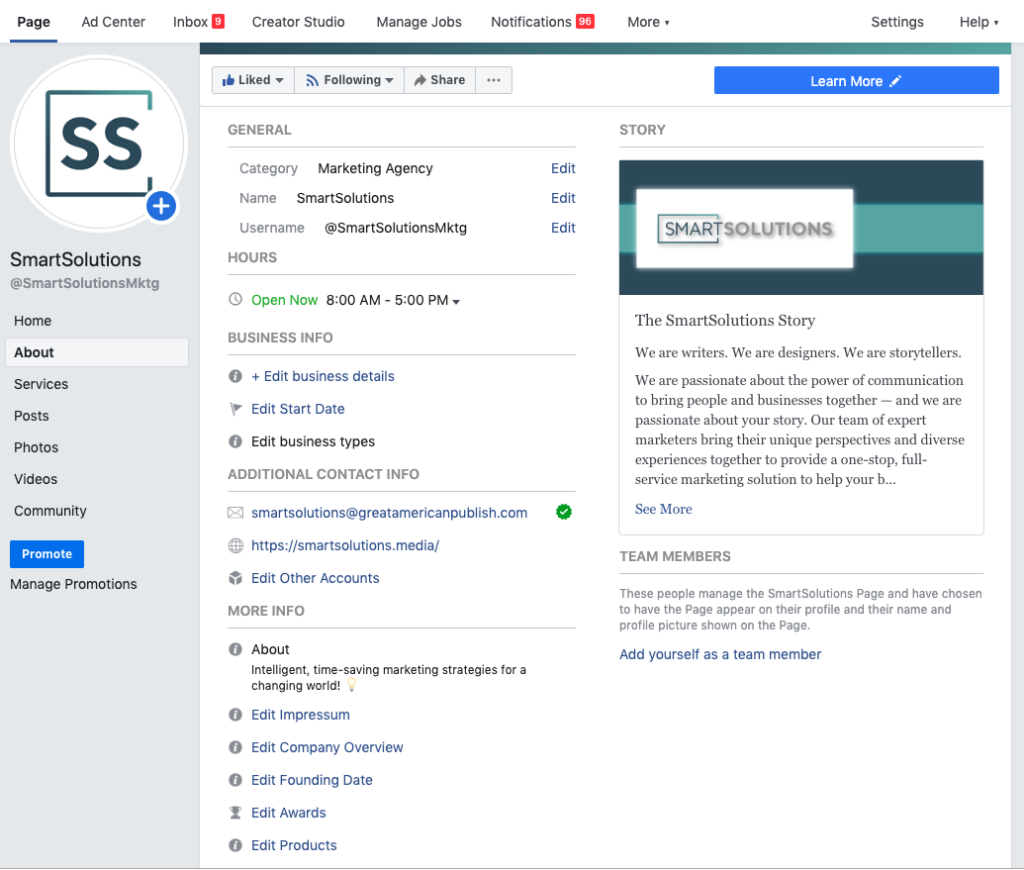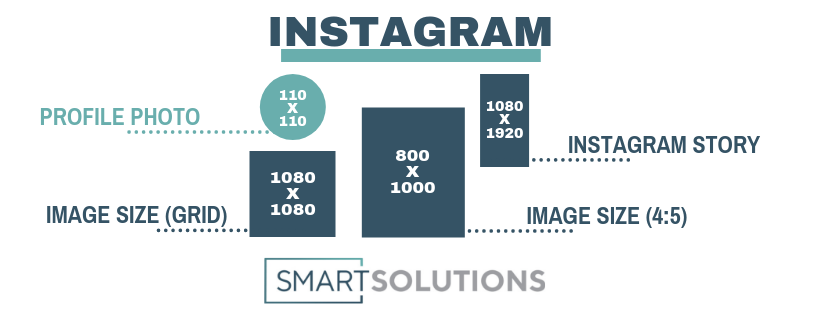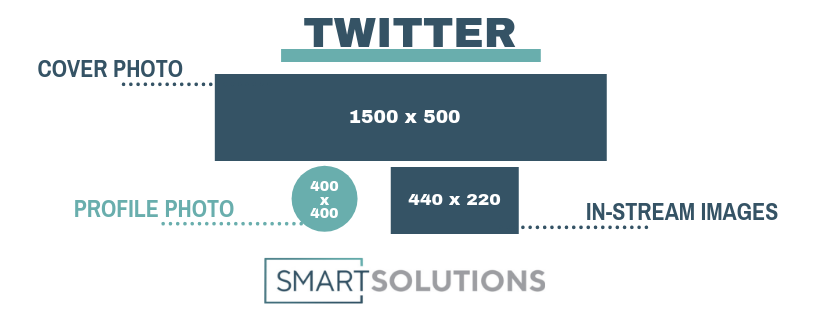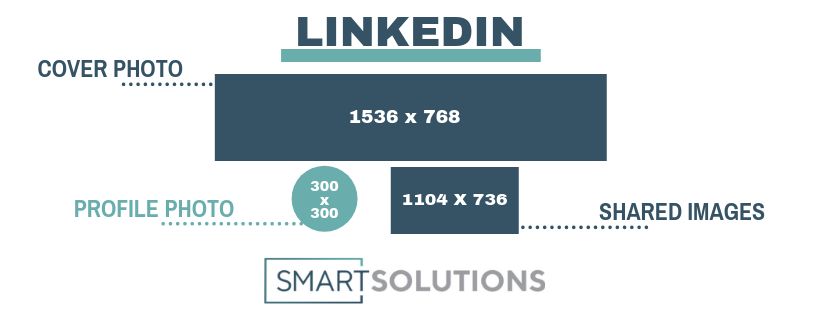When it comes to putting together a business plan for your company, the tasks can seem a bit intimidating. From planning out long-term campaigns to summarizing short-term objectives, to social media marketing, advertising and more, there are many more details that one would originally think.
One of the most integral pieces of a marketing strategy, yet often the most overlooked, is a company’s overall digital media strategy.
Online marketing has skyrocketed in importance, and is increasingly separating the good from the bad when it comes to interacting with companies online. Considered your “digital footprint,” it can also be viewed as a “welcome mat” to potential (and existing) customers — meaning when they Google your company, it’s one of the first things they see.
So why does the digital piece of a fully-integrated marketing plan matter so much?

Creating an experience
In a recent survey done by GlobalWebIndex, 54% of those polled stated they used the website and social media accounts of companies and brands to research products or services before purchasing.
By properly utilizing the proper digital marketing channels, your company is able to not only dictate and create an experience around your brand, informing your customers and potential customers, but also allows your company to quickly respond to and resolve support issues or complaints from the customers themselves.
And by making sure your website is up to date, and designed in a customer-friendly way, you’re ensuring that these current and potential customers are having a positive experience — no matter where it is that they meet you.
Building trust
Once your company has made a sale or provided a service, the focus shifts from creating a customer to maintaining that customer — in other words, creating “brand loyalty.
Your social media channels and website not only helps create a trust and loyalty with your current customers, but helps provide some of the most powerful word-of-mouth marketing possible. Nearly three out of every four consumers who have had a positive experience with a brand on online are likely to recommend that brand to their friends and family (via HubSpot, 2018).
 Continuously growing
Continuously growing
In 2021, it will be incredibly vital that every small business have a social media presence of some sort. Every minute, there are 400 new users on Facebook, 54,000 links that are shared, 147,000 new uploaded photos and 317,000 status updates.
And with nearly 42% of the world’s population, or 3.2 billion people and growing, already active on social media every day—the potential reach of your company or brand is seemingly limitless.
As a business owner, you probably understand that your company needs social media, but are having trouble navigating some of the finer details such as what platforms to use and how to optimize your engagement, among others. Here are some of our social media resources for small business owners:
- Best social media platforms for your business
- Marketing trends to avoid in 2021
- Increasing your social media reach
- Writing captions for social media
- Social media image sizing “cheat sheet”
At SmartSolutions, our team can help assess your company’s marketing strategies and efforts and help you create a plan a comprehensive marketing plan for your business today.






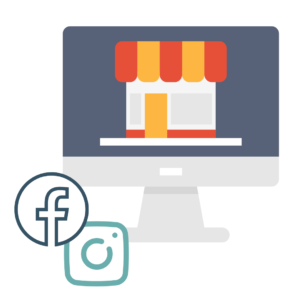 Facebook Shop
Facebook Shop
 Platforms such as Facebook, Instagram and Twitter provide small business owners with excellent ways to execute paid advertising campaigns. Here’s a quick list of digital advertising “best practices” your business should be sure to follow if you’re just starting to wade into the waters of social media advertising campaigns.
Platforms such as Facebook, Instagram and Twitter provide small business owners with excellent ways to execute paid advertising campaigns. Here’s a quick list of digital advertising “best practices” your business should be sure to follow if you’re just starting to wade into the waters of social media advertising campaigns.